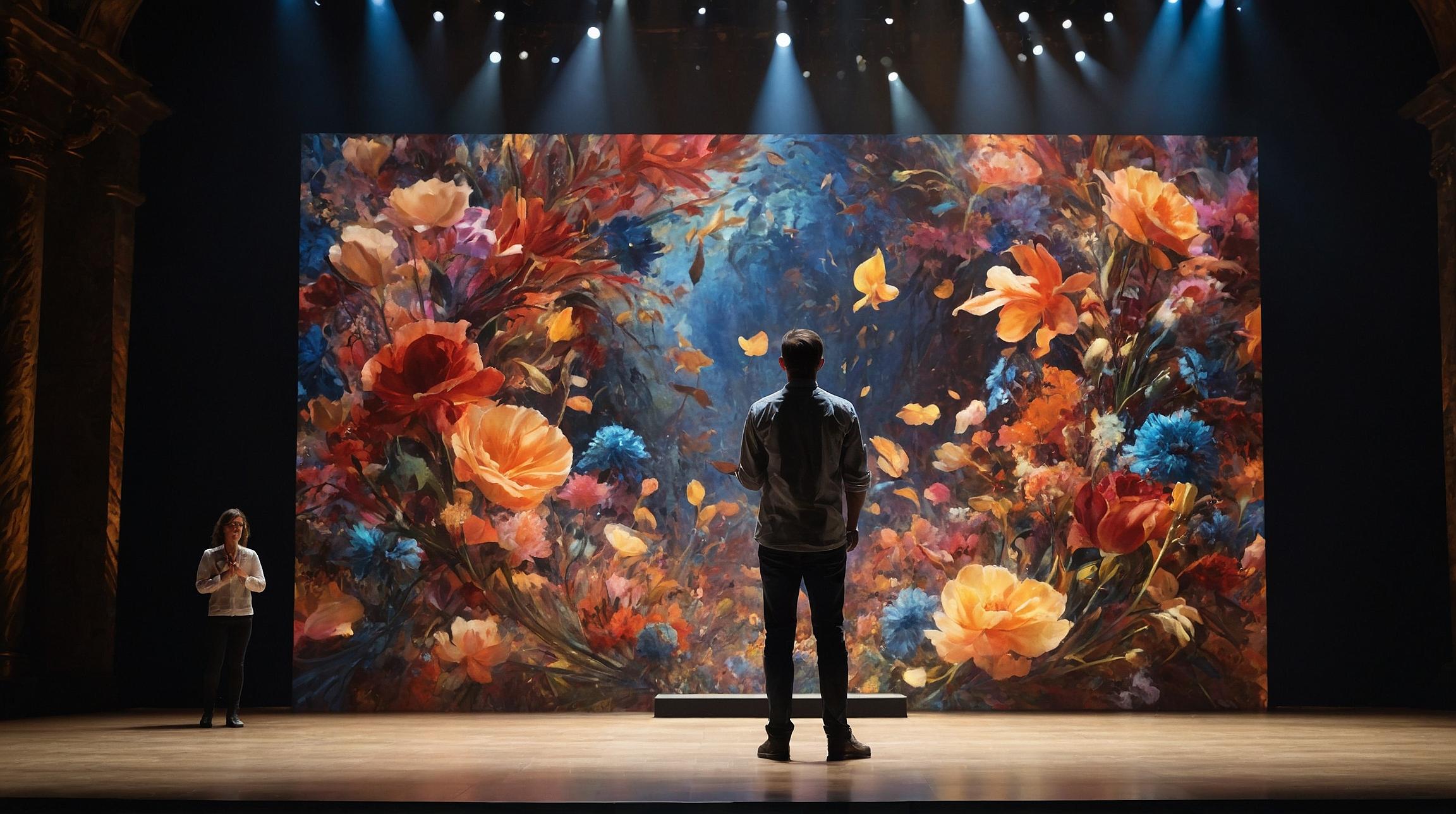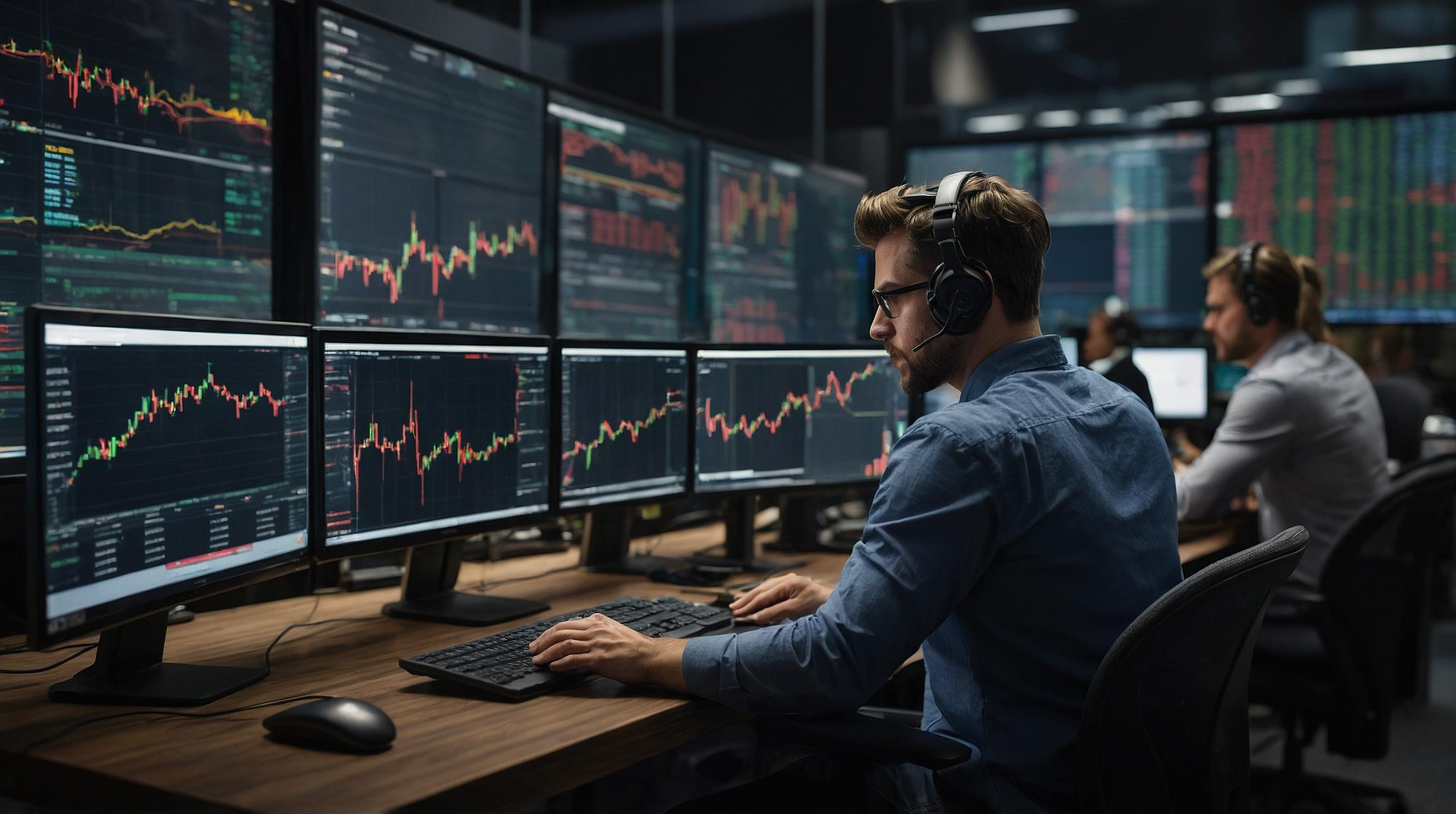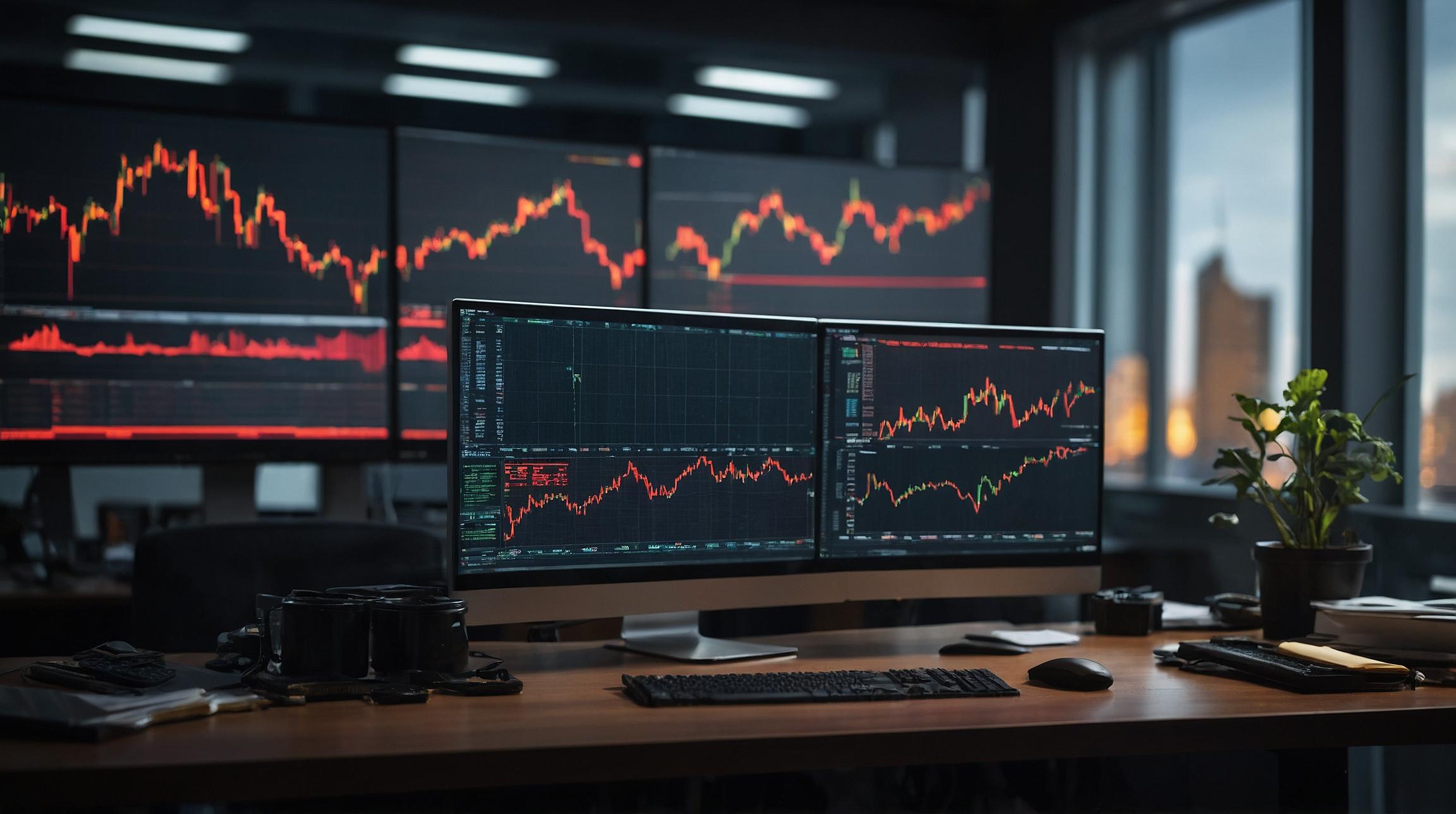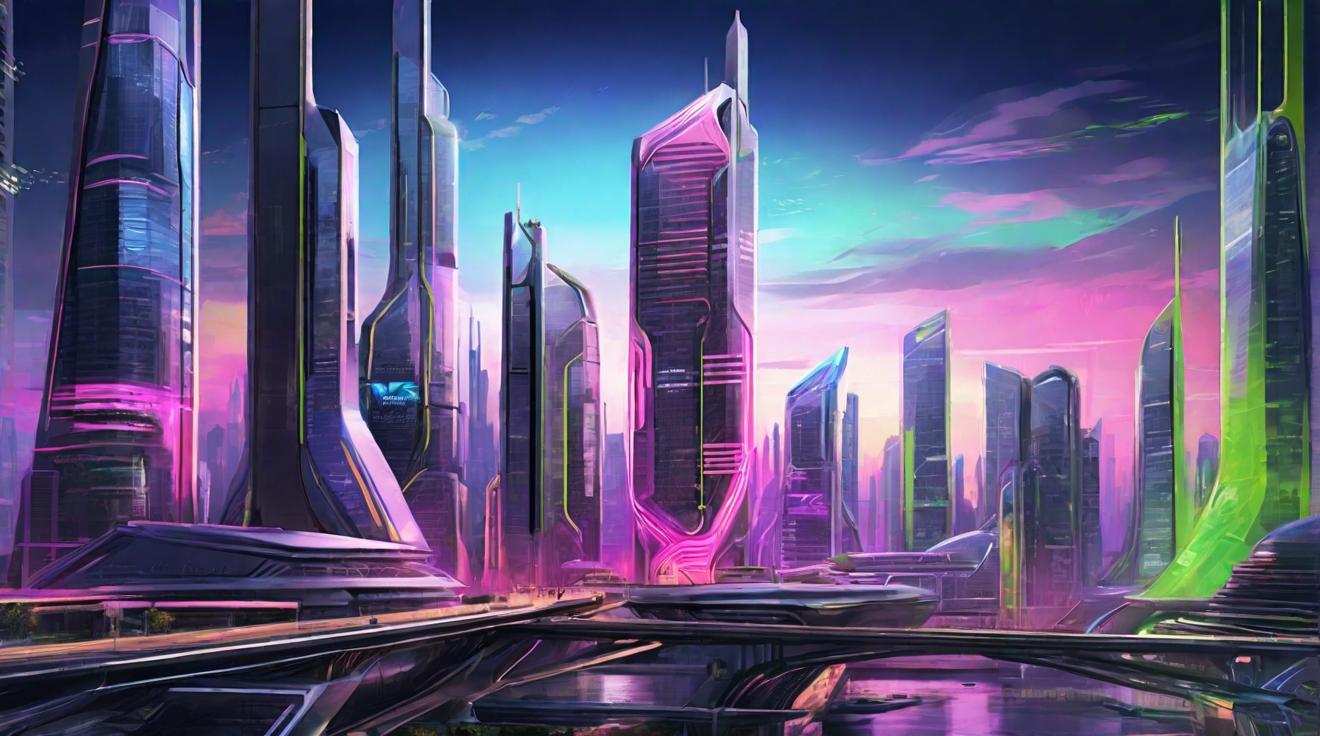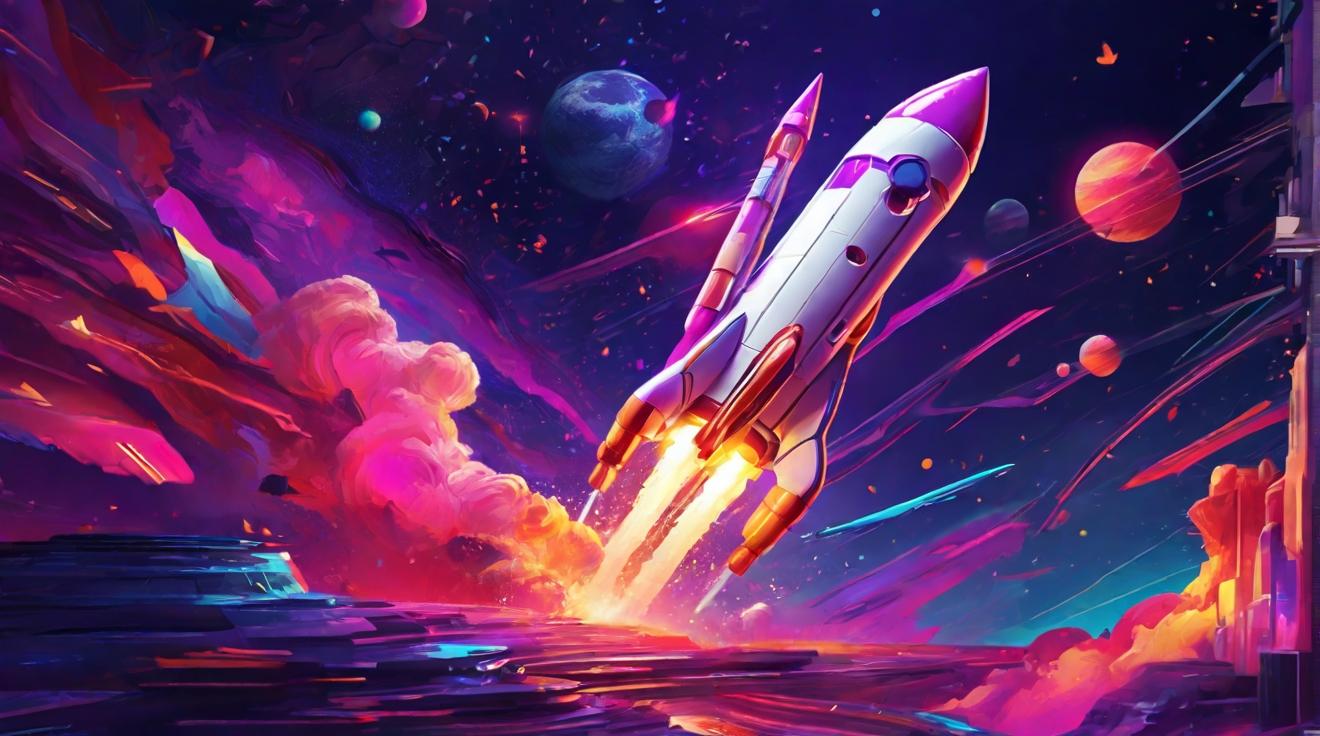Winner Announced for ABS Digital Art Prize: A New Era for NFTs and Culture?
A big milestone in the world of digital art has been reached. French-born artist RVig (Richard Vigniel) won the 2024 ABS Digital Art Prize for his generative artwork Fleurs Du Mal. This prize, formerly known as the ABS NFT Art Prize, is sponsored by Arab Bank Switzerland (ABS) and celebrates digital art created using non-fungible tokens (NFTs). The announcement was made at the Non-Fungible Conference (NFC) in Lisbon on May 28.
What is Fleurs Du Mal?
Fleurs Du Mal is an art piece inspired by Charles Baudelaire’s famous 1857 poetry collection. Vigniel, who has been a generative artist since 1999 and working with NFTs for the past three years, describes it as “embodying Baudelaire’s 126 poems as ribbons which evolve and flow according to the structure of the poetry.”
Changes in the Prize Name
The decision to rename the award as the ABS Digital Art Prize instead of the ABS NFT Art Prize is significant. The new name emphasizes that NFTs are just a technology to certify and sell digital art, not an art form themselves. This change aims to educate the wider art community about what NFTs really are.
Expert Panel of Judges
The panel of judges included:
- Rani Jabban, Managing Director of Arab Bank Switzerland.
- Claire Silver, an AI collaborative artist.
- Dave Krugman, a photographer and founder of the ALLSHIPS creative community.
- William Mapan, a leading generative artist.
- Marjan Moghaddam, a well-known crypto artist and winner of the 2023 ABS NFT Art Prize.
Maturing of the NFT Space
In 2021, NFTs were everywhere in the headlines, often for their high prices. But this led to a lot of misunderstanding. As Dave Krugman puts it, “NFTs and blockchain are just the underlying technology. All it does is surface and certify digital objects. Changing the name to Digital Art recognizes that.”
Importance of Provenance in NFTs
Vigniel highlights the importance of the NFT technology, not as an art form, but as a certificate of authenticity that documents the history of ownership. This is crucial for both the traditional and digital art worlds.
From Skepticism to Enthusiasm
Rani Jabban launched the prize in 2023 and initially thought NFTs were just a speculative bubble. After meeting John Karp, who founded the Non-Fungible Conference, he saw the broad possibilities that NFTs enable.
Future of Digital Art
Platforms like Art Blocks allow artists to create unique generative pieces using blockchain technology. According to Vigniel, this technology has resulted in “a collection of unique pieces, all generated with the same algorithm.”
Artists and New Technologies
Looking at the work of Vigniel and other shortlisted artists, it’s clear that artists often prove the value of new technology. As Krugman says, “What point is there to the technology of pressing vinyl without musicians? It's just an inert technology. Artists add context and make it culturally relevant.”
Blockchain as a Test for Digital Economy
Jabban believes that the art world’s engagement with blockchain technology is a test for a future digital economy. His bank has been working on digital asset custody for years and sees the art world as a testing ground.
Encouragement for Artists
Krugman encourages skeptical artists to look beyond the sensational headlines and understand the bubbling creativity around blockchain, stating, “This is the future, this is a new paradigm.”
Closing Thoughts
For Vigniel, winning this prize validates 25 years of work in generative art. “Generative art is now in museums like MoMA and LACMA, and we need to keep pushing forward,” he says.
This event marks a significant point in the digital art world, highlighting how blockchain and NFTs are changing the game for artists and collectors alike.





